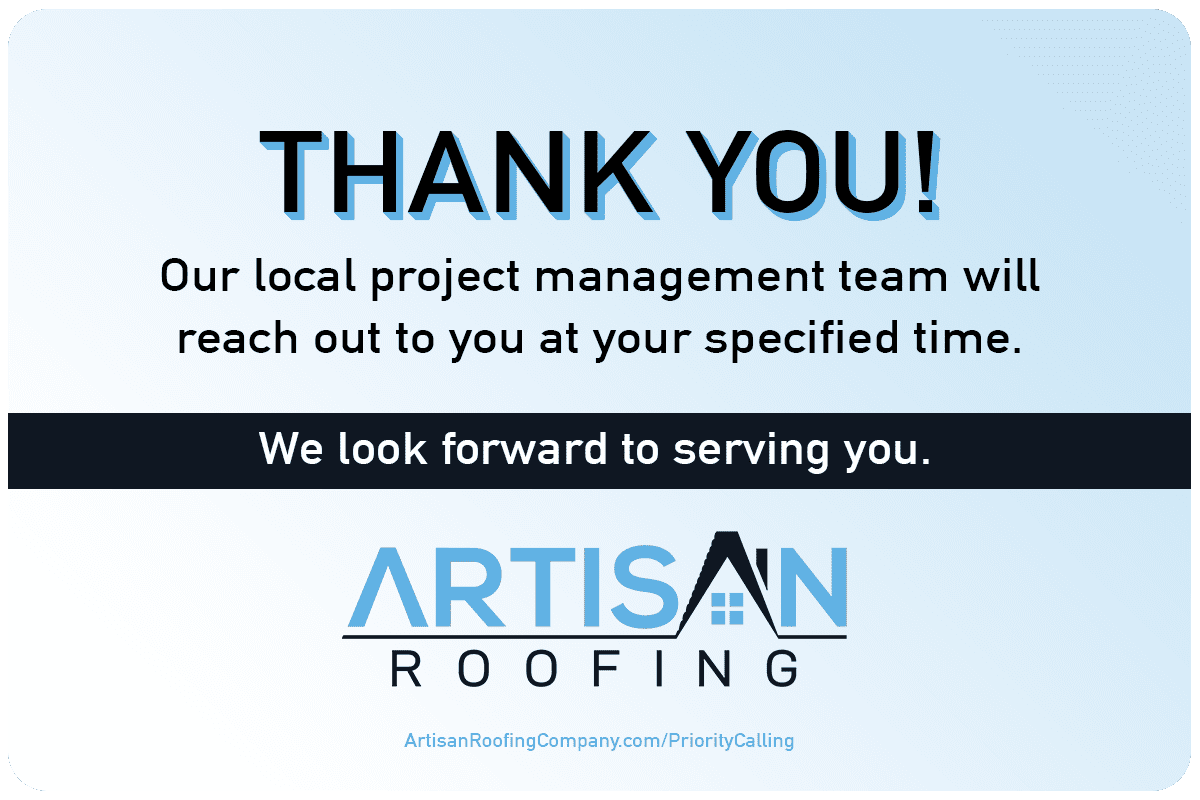When it comes to your roof, every component plays a role in protecting your home from the elements. One of the most important—and often overlooked—features is the roof valley. Though it may not be the first thing you notice when looking at a roof, a valley is essential for proper water drainage and the overall integrity of your roofing system.
In this post, we’ll break down what a roof valley is, why it’s so important, and how to keep it functioning properly.
What Is a Roof Valley?
A roof valley is the point where two roof slopes meet, forming a channel that allows rainwater and melting snow to flow off the roof and into your gutters. Think of it as a “highway” for water, directing it to where it needs to go without pooling or seeping into your home.
There are two main types of roof valleys:
- Open Valleys – The valley is left exposed, often finished with metal flashing for durability and smooth water flow.
- Closed Valleys – Shingles or roofing material completely cover the valley for a more seamless appearance.
Both types can be highly effective when installed properly; the choice often comes down to design preference and the type of roofing material used.
Why Roof Valleys Matter
Roof valleys handle a high volume of water during rainstorms and snow melts. When functioning correctly, they:
- Prevent Water Damage – Valleys channel water efficiently, keeping it from pooling and seeping under shingles.
- Protect Structural Integrity – Proper drainage prevents wood rot and damage to the roof deck or attic.
- Increase Roof Longevity – A well-maintained valley reduces the risk of leaks and premature wear on your roofing system.
Without a properly functioning roof valley, water can back up and lead to leaks, interior water damage, mold growth, and even structural issues.
Common Roof Valley Problems
Because valleys handle so much water, they are one of the most vulnerable parts of a roof. Here are some common issues homeowners may face:
- Clogged Valleys – Debris like leaves, twigs, and dirt can block water flow.
- Worn or Damaged Flashing – Over time, metal flashing can rust, crack, or pull away.
- Improper Installation – Incorrect shingle alignment or poor sealing can lead to leaks.
- Ice Dams – In colder climates, ice can build up in the valley, preventing proper drainage.
How to Maintain a Roof Valley
Regular maintenance is the best way to keep your roof valleys functioning properly. Here’s what you can do:
- Clean Regularly – Remove leaves and debris to keep water flowing freely.
- Inspect After Storms – Check for missing shingles, damaged flashing, or clogged areas.
- Schedule Annual Roof Inspections – A professional can spot early signs of wear or improper drainage.
- Address Repairs Promptly – Small problems, like minor leaks or loose shingles, can quickly become major issues if ignored.
When to Call a Professional
If you notice water stains on ceilings, damp spots in the attic, or visible damage in your roof valley, it’s time to call a roofing expert. Professionals can determine whether you need a simple repair, a flashing replacement, or a more comprehensive solution to protect your home.
Your roof valley may not be the flashiest feature of your home, but it’s one of the most critical for preventing leaks and maintaining the health of your roof. By understanding its function and importance, and by keeping it clean and well-maintained, you can avoid costly repairs and extend the life of your entire roofing system.
Whether you’re building a new home or maintaining an older roof, give your roof valleys the attention they deserve—because when they do their job, your entire home stays safer and drier.

